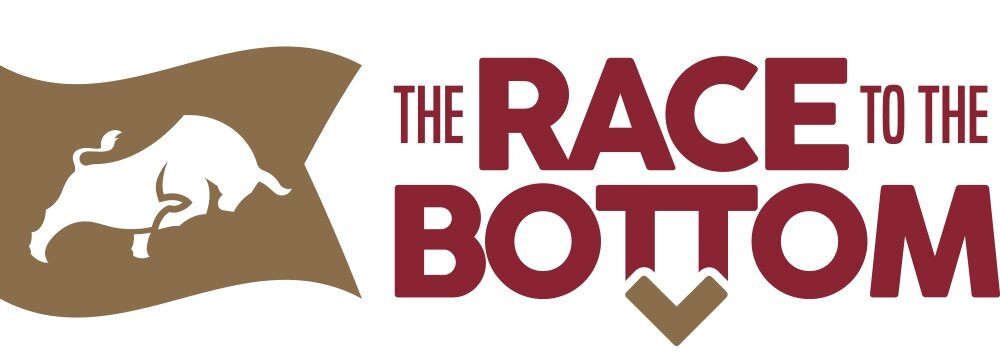Conflict Minerals Rule Update
The long legal saga of the conflict minerals rule (“Rule”) (discussed here and here) continues. As discussed, the D.C. Court of Appeals largely upheld the Rule, but struck down the requirement that issuers identify their products as being “not DRC conflict free” as being in violation of the First Amendment. After that decision, the SEC filed a petition for an en banc rehearing on May 29, 2014. NAM did not respond to the filing. Thereafter, on July 29 the American Meat case (discussed here) was decided.
That case found that the Court may apply “rational basis review”—a lower standard of scrutiny—to compelled disclosures even in cases not involving consumer deception. The ruling made express mention of SEC v. NAM, stating that to “the extent that other cases in this circuit may be read as holding to the contrary and limiting Zauderer to cases in which the government points to an interest in correcting deception, we now overrule them.”
American Meat is not dispositive on the Frist Amendment issue presented in NAM v. SEC. as the content of the disclosures at issue differ. Still, the case has important ramifications for how disclosures should be reviewed.
These various legal challenges and decisions leave issuers in great confusion over what their legal obligations are and will be under the Rule. In order to have the opportunity to provide some clarity (or at least to have the opportunity to require the SEC to take further action) the D.C. Court of Appeals on August 28 ordered NAM to file a response to the petition for an en banc rehearing.
According to the Court of Appeals, “Absent further order of the court, the court will not accept a reply to the response.”
While the legal skirmishes continue, the practical difficulties of complying with the Rule continue to be evident. While some companies, including Intel and Apple, were able to certify their supply chains as conflict free, others such as Google and J Crew could not make a similar statement. The U.S. government has also acknowledged that it cannot determine the conflict-free (or non-conflict-free) mines and smelters around the world. To date only about 100 smelters have been certified as conflict free by the Electronic Industry Citizenship Coalition. “It’s been a massive effort,” said Julie Schindall, communications director for the trade group. “This whole exercise in mapping the smelters has revealed a lack of knowledge about the metals refining industry.”
The practical difficulties may add fuel to the legal fire. According to Tom Quaadman Vice President of the U.S. Chamber Center for Market Competitiveness, “At the end of the day, the conflict minerals rule creates the worst outcome--it has not helped lessen the conflicts in the Congo and creates economic harm in the U.S.”
And so now we wait for a response from NAM and for further court action. And so it goes.
